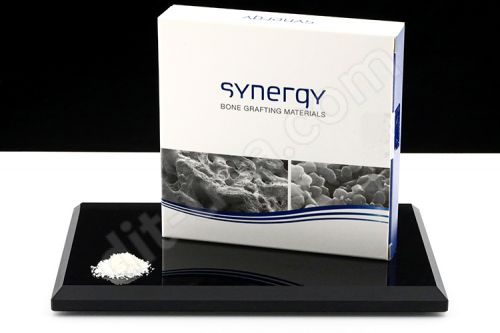What Should You Know About Dental Putty?
Dental putty is also known as polyvinyl siloxane. Its reaction forms a viscous liquid that dries instantly to turn into a rubber-like solid substance. Dental putty can take the shape of any surface they are kept on. The package comes with two liquid components, i.e., the two-part epoxy, kept in separate tubes until mixed and applied. Let’s get to know how they are used.
- Dental putty is used as impression material
- Choose the right dental putty
Preparing dental impressions is essential in dentistry applications. Many different materials are produced from dental putty that is adequate for dental processes, such as crowns, braces, bridges, and prostheses. Dental putty is essentially used in producing dental molds and cast materials, which are irreversible once they turn to the solid form.
There are two types of dental putty Condensation cureThe condensation cure impression putty involves using tin salts as a catalyst in the reaction. This type of dental putty is very easy and economical to use. Furthermore, It can capture less detail of the surface and is a biodegradable material.
Addition cureAddition cure involves platinum catalyst, so they produce lower shore hardness, just like rubber. This putty is less sensitive to heat and can produce more durable and flexible dental molds and casts.
While choosing the dental impression material, consider the application and manipulation phase. Some of the essential factors for choosing dental putty are viscosity, setting time, mixing time, working time, elasticity recovery, etc.
To create dental putty, the dentist usually mixes a colored putty with white putty. After four to five minutes, the final set would be prepared. If you are looking for a suitable dental putty, contact Dental Implant Technologies to find the right choice for your application.


Comments
Post a Comment